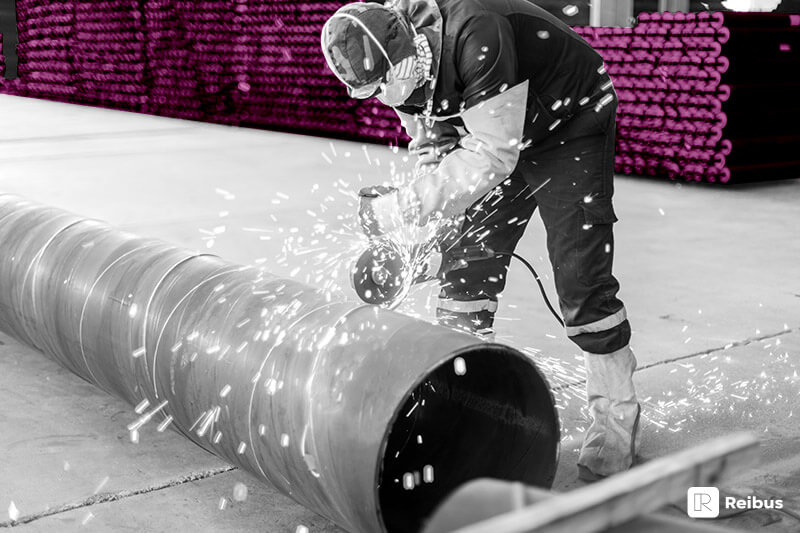
Welded Pipes & Tubes Steel Foundations
Welded pipes and tubes are made from hot rolled or cold reduced strip, sheet, or plate. Small and medium diameters are produced through roll forming processes in continuous, multiple-roll mills that bend unheated strip into a circular cross-section prior to welding along the lengthwise seam.
Welded tube or pipe may be cold drawn through dies to achieve more precise dimensions and finishes. Large diameter pipes are made from individual plates. In what is known as the UOE process, the plate is first bent into a “U” shape and then curled into an “O” shape, before being welded at the seam and mechanically or hydraulically “E”xpanded to achieve final dimensions. With the UOE process, tube and pipe diameters of 17.5–64 inches (400-1,600 mm) can be achieved.
Spiral-welded tube and pipe utilizes hot rolled strip that is twisted as it is processed through a mill, forming a hollow spiral which is then welded at the seam. The resulting product is inexpensive when compared to conventional welded pipe, but normally has a lower integrity. However, recent technological improvements have enhanced the performance of this type of pipe. Diameters of up to 100 inches (2,500 mm) are now possible with the spiral-welded process.
In general, welded tubes and pipes are less expensive than seamless tubes and can be made in much larger diameters. The tradeoff is that welded tube generally has a lower mechanical and pressure performance than seamless tube.
Welded tube and pipe are produced in a variety of steel grades and properties for a wide variety of applications such as structural applications, as well as construction, chemical and petrochemical industries. The dimensions of these long products along with their chemical composition, mechanical properties, storage, markings, etc. are regulated and standardized in most industrialized countries.